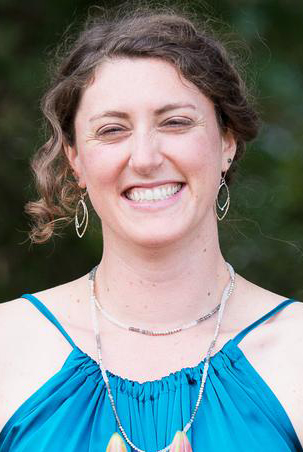
The Unwavering Optimism of Beatriz da Costa: A Portrait

# Blurring the Lines Between Art and Science: Beatriz da Costa’s Undisciplinary Tactics
In an age where art and science are often seen as two distinct disciplines, artist Beatriz da Costa’s work illuminates the potential of merging these seemingly divergent fields. Her solo exhibition, titled **”(Un)disciplinary Tactics,”** now open at the Los Angeles Municipal Art Gallery, is more than a display of art; it is a testament to the artist’s ability to bring art, engineering, and biology into multifaceted conversations about public health, environmental activism, and human life.
Curated by Daniela Lieja Quintanar and supported by Ana Briz, this exhibition is part of the Getty Pacific Standard Time initiative, **Art + Science Collide**, and showcases da Costa’s innovative approach to interdisciplinary projects.
## **Pigeon Power: Air Pollution and “PigeonBlog”**
One of the most iconic works is **“PigeonBlog” (2006–08)**, in which da Costa collaborated with homing pigeons, turning these birds into data-gathering activists. Each pigeon was fitted with a small backpack equipped with air-pollution sensors that monitored various pollutants, such as carbon dioxide (CO2), nitrogen oxides (NOx), and propane. In real-time, the pigeons disseminated data across Los Angeles, revealing an uncomfortable truth: air pollution levels were disproportionately higher in low-income neighborhoods than wealthier areas.
Da Costa’s project, in collaboration with engineers and pigeon fancier Bob Matsuyama, highlighted the shortcomings of stationary government pollution monitors, often placed in less polluted areas like hillsides, distorting the lived realities of urban pollution. The project was not only a feat of creative engineering but also an artful activism that made the invisible — toxic particulates and gases that disproportionately harm marginalized communities — visible to both scientists and the public.
## **Art, Health, and the Personal: “The Cost of Life” Series**
Perhaps even more emotionally resonant is da Costa’s **“Cost of Life” (2009–12)** series. Diagnosed with stage IV metastatic breast cancer, da Costa explored her own mortality and the broader narratives of illness and survival. In her later works, she began to deeply reflect on the intersections of personal health crises and scientific experimentation, culminating in the series that she worked on until her death at age 38. The series underscores her blended identity as an artist, patient, and activist.
One of the standout pieces in this series is **“The Anti-Cancer Survival Kit” (2012–13)**, which is part artistic installation and part medicinal remedy. The piece features natural, plant-based ingredients — such as Ashwagandha and peppermint — that have been used across centuries for their potential anti-inflammatory and cancer-fighting properties. Displayed as though they are ready for use, the elements in this survival kit could be seen as statements about the ways people grapple for hope, mixing ancient wisdom with modern scientific research.
However, this piece also embodies a bittersweet reality; while these natural remedies may have conceptual significance, they did not save da Costa, nor do they guarantee cure or respite for others. This stark juxtaposition between hope and harsh reality is a hallmark of da Costa’s approach to illness and her critical engagement with the limits of medicine.
## **Experimental Science and Ethical Considerations: “Dying for the Other”**
In another profound work, **“Dying for the Other” (2011)**, da Costa grapples with the ethics of human and animal experimentation. The piece is a multi-channel video triptych showing the artist herself undergoing grueling physical therapy, juxtaposed with lab footage of rats injected with breast cancer cells as part of scientific studies. Both the artist and the lab rats are wrecked by the same disease, their fates intertwined in the pursuit of medical understanding.
Here, da Costa confronts the fraught ethics surrounding scientific experimentation. Through her voluntary participation in experimental cancer treatments, da Costa becomes part of the data collected for future medical advancement, highlighting how clinical trials are often a last resort for patients with terminal illnesses. Her work reflects on how humans, much like lab animals, inadvertently become subjects within the scientific machine.
For those who have experienced serious illness or participated in medical research, this piece resonates deeply. It challenges the viewer to consider the costs of scientific progress and how ethical decisions in complex medical environments shape lives. More than a critique, however, da Costa’s video gives patients like herself a semblance of control, transforming the artist’s diseased body into a conscious participant in scientific discovery.
## **Immersive Installations: “The Life Garden” and Plant Healing**
Installed with striking simplicity and elegance is **“The Life Garden” (2011)**, a collaborative project with artist Donald Daedalus. The garden features 53 plant species known for their medicinal properties. The plants are displayed as knowledge systems, their accompanying documentation detailing various